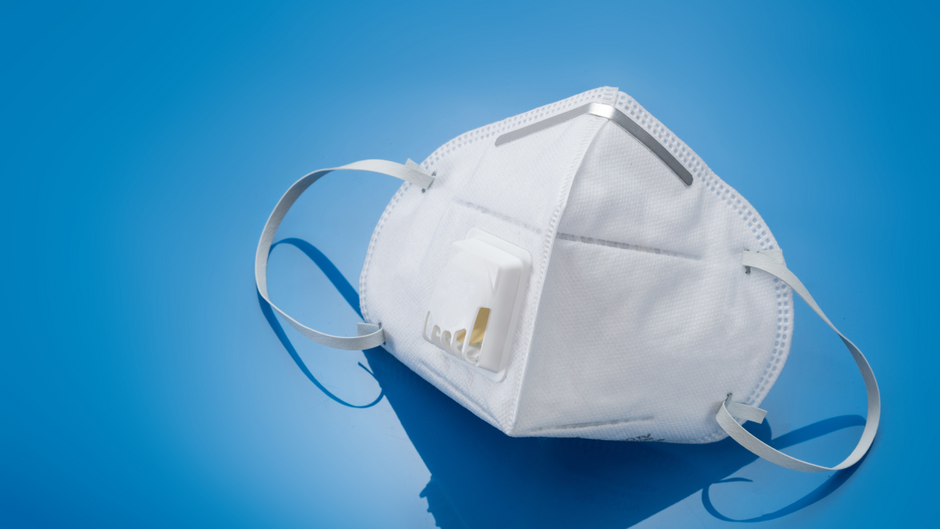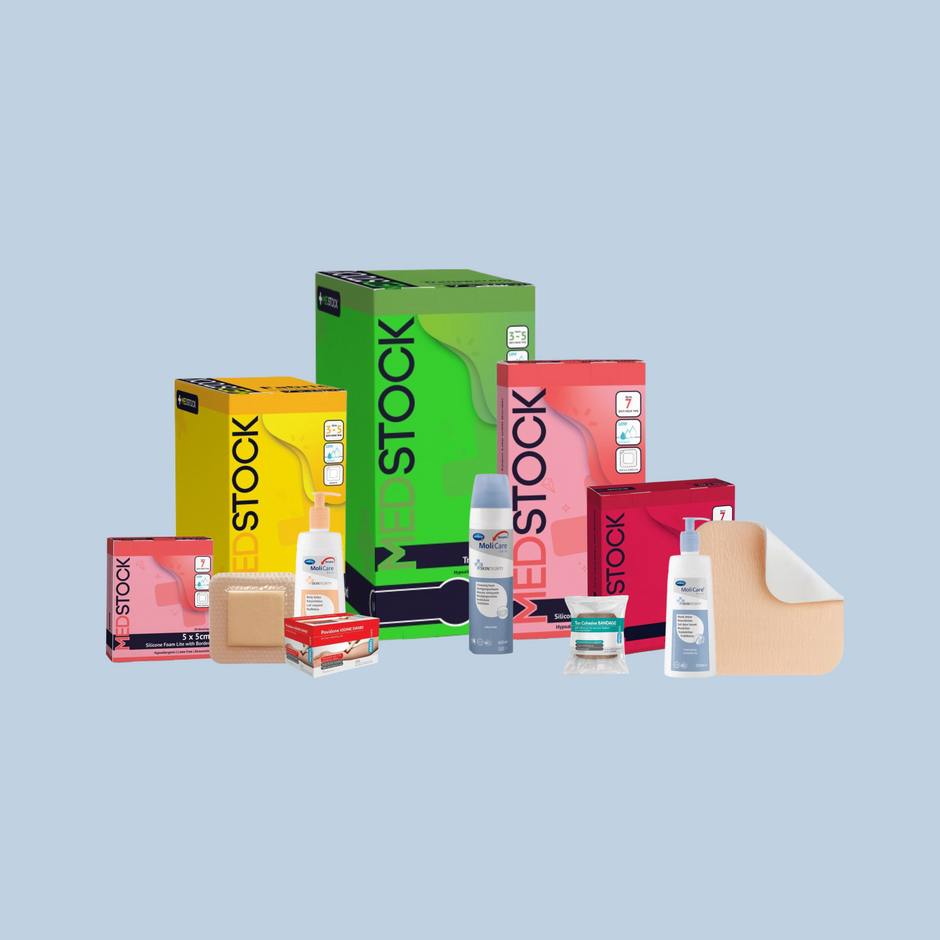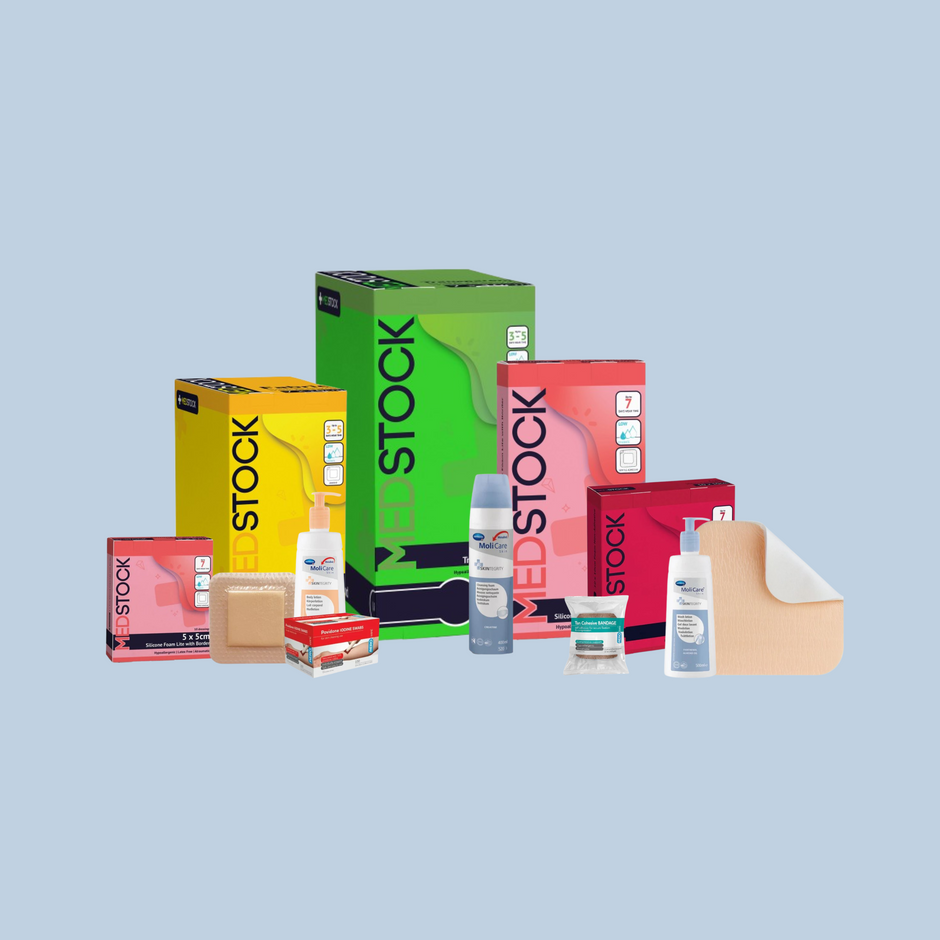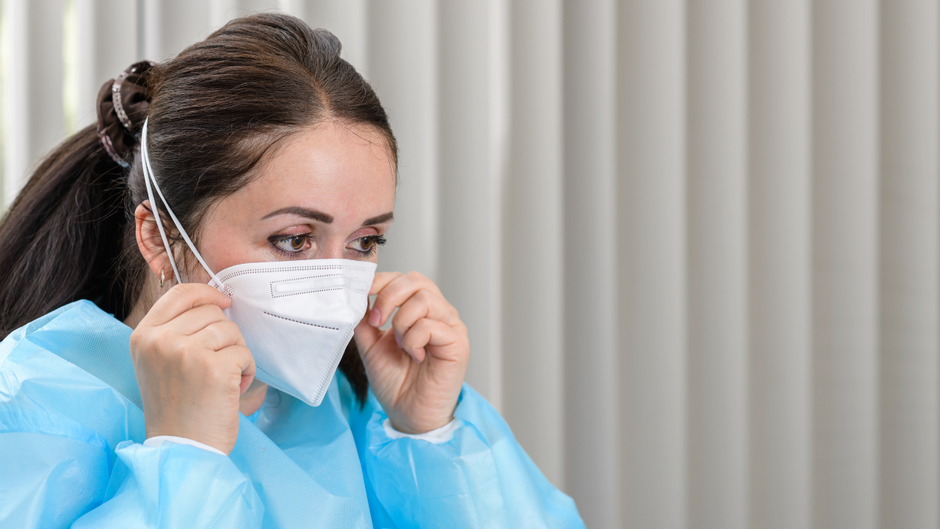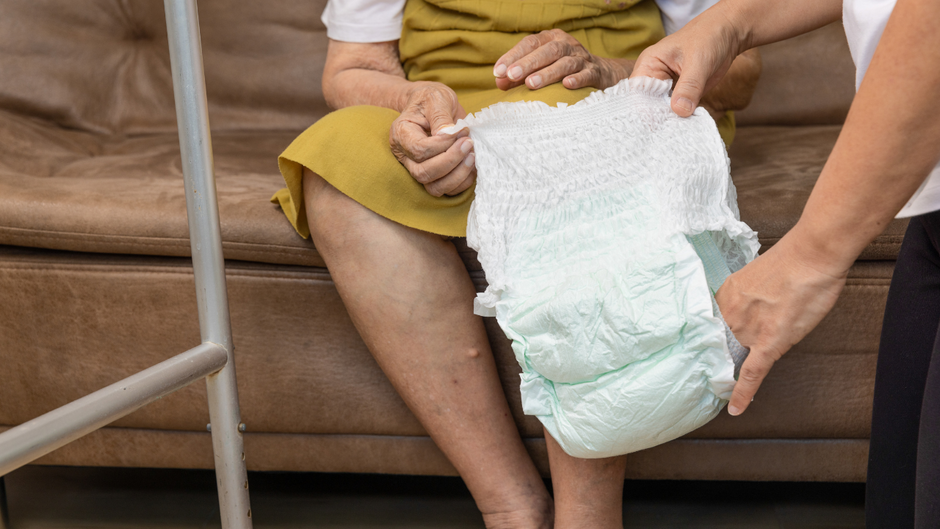 In a recently published Research Paper comparing N95/P2 Respirators quantitative fit tests, the TRIDENT® respirator achieved outstanding results. Professor Daryl White and his colleagues at the University of Melbourne recruited 500 participants for their comprehensive study. Their finding were consistent with previous research showing very high QNFT pass rates with three-panel flat-fold respirators. Their tests overwhelmingly showed the TRIDENT ® Respirators outperformed their 3M competitor “both the overall and first-attempt QNFT pass rates of the Trident P2 respirator were significantly higher than the 3M Aura (99.2% vs 92.6%, p < 0.001; and 92.6% vs 76.4%, p < 0.001 respectively). The overall fit factor and the individual fit factor were also significantly higher for the TRIDENT Respirator FFR than the 3M Aura.
In a recently published Research Paper comparing N95/P2 Respirators quantitative fit tests, the TRIDENT® respirator achieved outstanding results. Professor Daryl White and his colleagues at the University of Melbourne recruited 500 participants for their comprehensive study. Their finding were consistent with previous research showing very high QNFT pass rates with three-panel flat-fold respirators. Their tests overwhelmingly showed the TRIDENT ® Respirators outperformed their 3M competitor “both the overall and first-attempt QNFT pass rates of the Trident P2 respirator were significantly higher than the 3M Aura (99.2% vs 92.6%, p < 0.001; and 92.6% vs 76.4%, p < 0.001 respectively). The overall fit factor and the individual fit factor were also significantly higher for the TRIDENT Respirator FFR than the 3M Aura.
Source: https://www.sciencedirect.com/
Highlights
- •First report of quantitative fit test results of the Trident P2 respirator
- •99.2% fit test pass rate for the locally designed Trident P2 respirator
- •Three-panel flat-fold N95/P2 respirators can achieve very high fit test pass rates
- •They should be judiciously stockpiled and made available for healthcare workers
- •This type of respirator can potentially help streamline just-in-time fit testing
Background
Various styles of N95/P2 filtering facepiece respirators (FFRs) have been used by Australian healthcare workers (HCWs) during the COVID-19 pandemic. This is usually driven by the national stockpile availability. Many studies demonstrate three-panel flat-fold N95/P2 FFRs have higher quantitative fit test (QNFT) pass rates than other FFR styles. This prospective randomized crossover study utilized QNFT to evaluate the performance of the new three-panel flat-fold FFR, the Trident™ P2 respirator compared to the previously most effective model, the 3M™ Aura™ 9320A + N95 respirator.
Methods
We recruited 500 participants who completed online training and QNFT on both respirators. The order of the respirator being examined first was randomly allocated. The primary outcome was the QNFT pass rate. Secondary outcomes included the overall fit factor, the individual fit factor for each exercise, and the first-attempt QNFT pass rate.
Results
We found that both the overall and first-attempt QNFT pass rates of the Trident P2 respirator were significantly higher than the 3M Aura (99.2% vs 92.6%, p < 0.001; and 92.6% vs 76.4%, p < 0.001 respectively). The overall fit factor and the individual fit factor were also significantly higher for the Trident FFR than the 3M Aura.
Conclusions
This study is the first to report hospital-based QNFT results of the Trident FFR, demonstrating very high first-time and overall pass rates. Our findings are consistent with previous research showing very high QNFT pass rates with three-panel flat-fold FFRs. These findings are important for pandemic preparedness with respect to the stockpiling and safe utilization of N95/P2 respirators.



